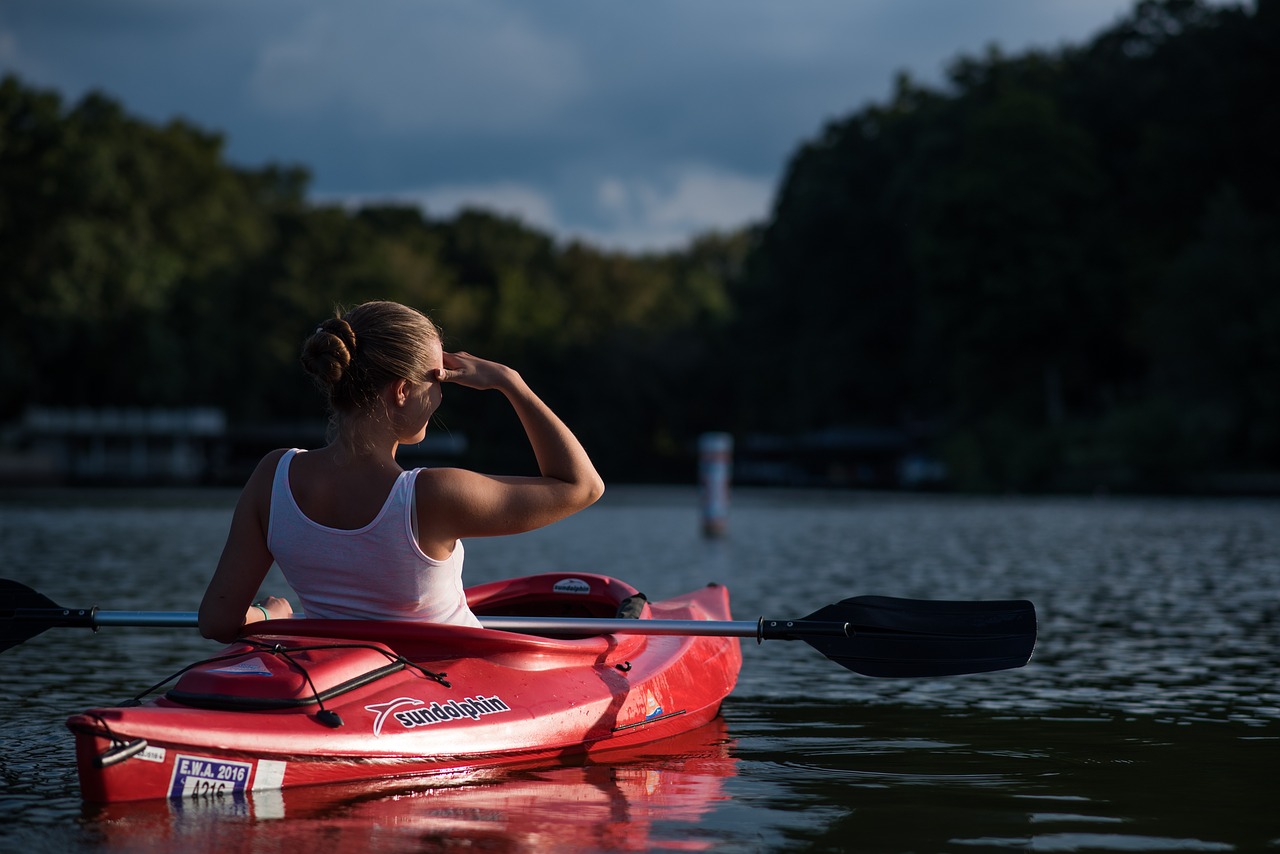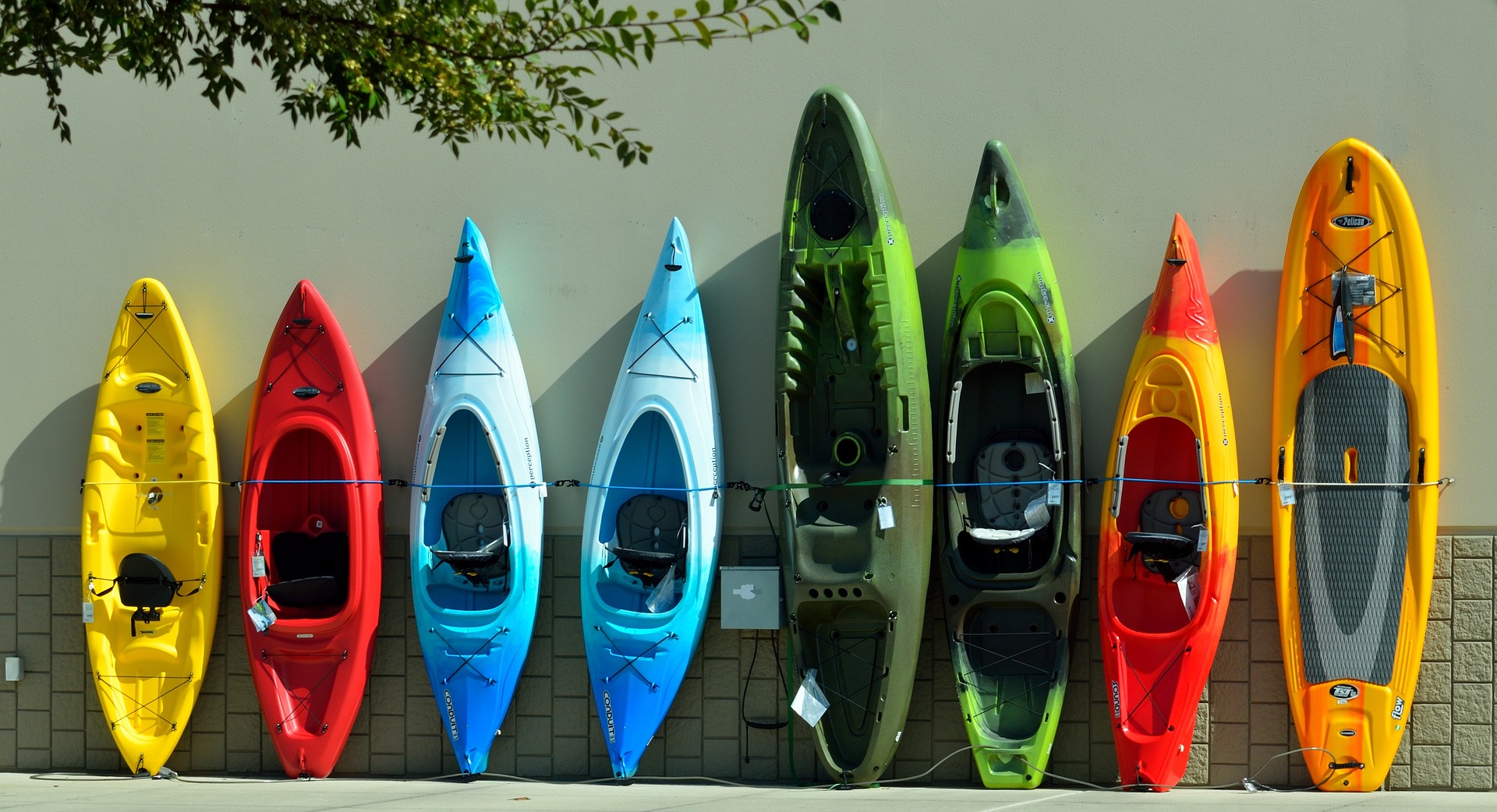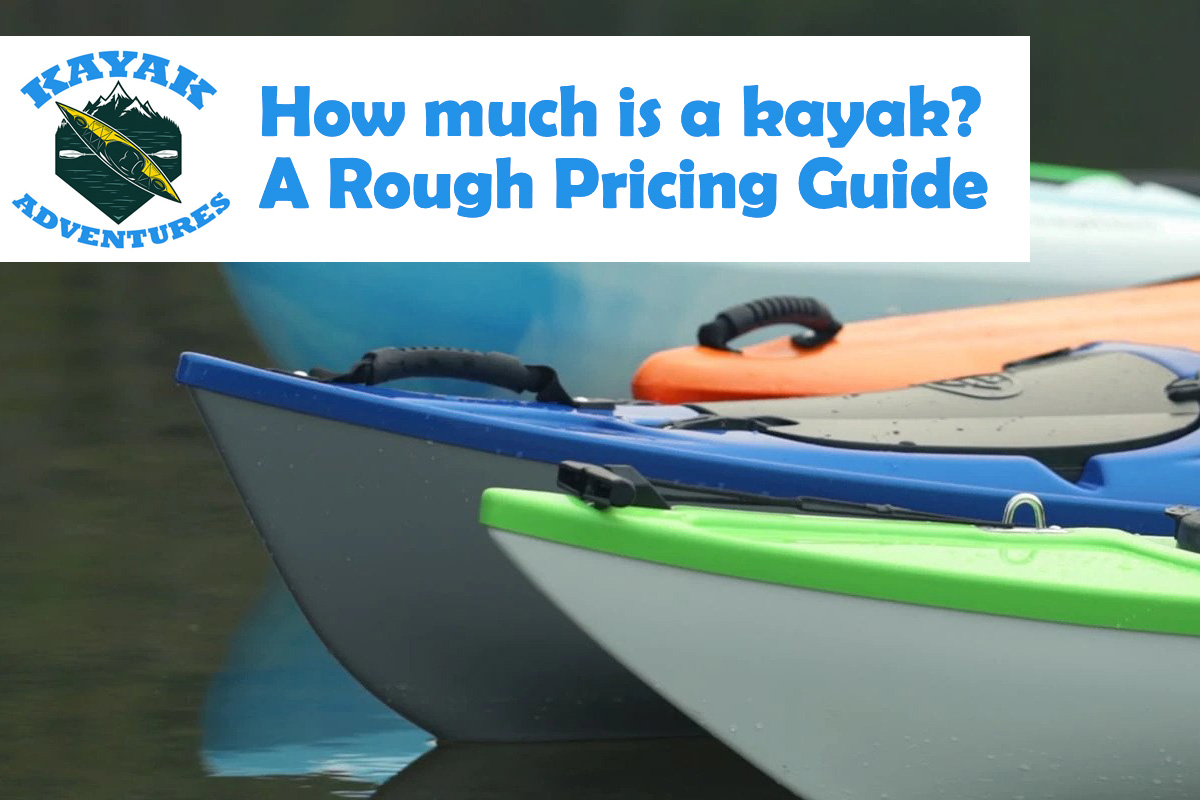Contents
How much is a kayak? A Rough Pricing Guide
Kayaks can range in price from a few hundred dollars to well over a thousand, depending on the size, features, and brand of the kayak. It’s important to do your research before purchasing a kayak to make sure you’re getting the best value for your money.
Several factors can affect the price of a kayak. The size, brand, and features of the kayak are some of the most important factors that can influence the price. Additionally, how popular the kayak is can also affect its price. If there is high demand for a particular model of kayak, then it will likely be more expensive than other models.
To know how much is a kayak, it’s important to learn more about different types of kayaks and how they affect how much they cost. If you’re planning on taking up this hobby, it’s also helpful to know what features and components make up a good kayak for beginners and what makes them expensive.
What Influences The Price Of A Kayak?

With so many models on the market, you can choose from a wide variety of models. Learn what to look for when buying a kayak in our buying guide:
When shopping for the perfect kayak, consider the following points in particular:
- The intended use largely determines which model is right for you. While shorter boats are especially maneuverable and therefore suitable for smaller rivers and lakes, longer boats move faster and score points for good directional stability. This makes them ideal for trips over large bodies of water and at sea. Special shapes are shorter touring kayaks and longer touring or lake kayaks.
- Think about how many people your kayak should accommodate. In general, there are 1-person, 2-person, and 3-person kayaks. If you prefer to do your hobby alone, the first option will be best for you. Variants for 2 or 3 people are a bit more difficult to manage, and paddlers have to coordinate their technique. However, these models are well suited for couples or families, for example.
- The material determines the stability, rideability, and ease of transportation. Most modern sports paddle boats are made of certain plastic materials – such as polyethylene, which is considered very durable and strong, or rubber, nylon, or fiberglass-reinforced plastic. If you want to use it in the sea, for example, the construction material and paint must also be resistant to saltwater.
- Pay attention to the kayak’s weight. Weight is also an important decision criterion. Heavy boats are more difficult to handle and transport. A normal model weights 13 kg to 20 kg.
- Pay attention to the maximum carrying capacity of your new kayak. Manufacturers indicate the load or carrying capacity in kilograms. You should pay attention to this information. Only a paddleboat with a large enough carrying capacity can carry heavy loads as well as provisions and drinks in addition to appropriate people. This is especially true for long tours.
What causes the price difference?

Most of the initial investment goes into a kayak. Anyone who looks at online stores will be struck by the stark difference in prices. The cheapest models sometimes cost as little as $100, while other models cost more than $1,500.
You might be wondering something like, “What’s the difference between a $100 kayak and a $1,500 kayak?” Both float, right?
Yes. The main differences are the different construction, the material used, the shape of the boat, and the comfort of the kayak.
- Construction: inflatable kayaks are much cheaper than stationary kayaks. The cost of materials is much lower, and transportation is much cheaper. It is much easier to ship a parcel the size of a backpack than a 13-foot boat.
- Shape: expensive kayaks are usually built longer. These kayaks are good for long trips, but sacrifice stability. Inexpensive kayaks tend to be slightly shorter and more stable in the water. Therefore, inexpensive kayaks are often more suitable for beginners.
- Material: material affects the durability, strength, and weight of the kayak. In addition, the material has a strong influence on the sailing qualities. The material used is also clearly reflected in the price. High-quality materials such as fiberglass and carbon are especially lightweight and therefore more suitable for experienced racers who want to develop high speeds. Beginners, on the other hand, are better off with inflatable kayaks, which are easy to transport and store, or (solid) polyethylene kayaks, which are especially durable but weigh a bit more.
- Comfort: If you’re planning long kayak trips, you should put a high value on a high-quality seat in which you can stay comfortably for several hours.
- Special equipment: Unlike cheap all-purpose kayaks, expensive kayaks are equipped with some special equipment. For example, many fishing kayaks have rod holders, are very wide, and are equipped with a pedal drive.
With experience, the requirements for a kayak also increase and other factors are added. Nevertheless, beginners should focus on the above characteristics when looking for their first kayak.
Types of kayaks
Depending on how many people will fit in it and whether you prefer water trips on small rivers and lakes or sailing on larger bodies of water, there are different types of products with different features.
One of the most important distinguishing features is the intended use. This determines the size and strength of the sport paddle boat, as well as its handling: shorter models are very maneuverable and therefore particularly suitable for small rivers and lakes. Longer models, on the other hand, are much faster and have good directional stability. This makes them ideal for large bodies of water and the sea.
To the point.
- Recreational kayaks are relatively short, lightweight, tilt-resistant, and especially suitable for kayaking beginners. They also provide a high level of sitting comfort and are designed for a variety of uses.
- Tourist kayaks are slightly longer, fairly narrow, and have plenty of storage space for long hikes. They are suitable for beginners as well as experienced and professional paddlers.
- Sea kayaks are very long, relatively narrow. The stern and bow are usually curved upward. These models are mainly designed for longer distances and larger bodies of water and are more suitable for advanced and professional paddlers.
- Whitewater kayaks are relatively short, narrow, and maneuverable, making them especially suitable for use in rough waters and rivers. Typically, beginners can also practice maneuvers and driving techniques on these sport boats.
- Freestyle kayaks are very short, narrow, and very maneuverable. These short boats are designed to perform difficult maneuvers and figures. These boats, also known as game boats, are not suitable for beginners.
- Racing kayaks are very long and extremely narrow. This allows experienced athletes to reach very high speeds with them. These paddle boats are designed accordingly for longer distances. However, they are not suitable for beginners because of their low stability when tipping.
FAQ
How much is a beginner kayak?
Beginner kayaks have several similarities, such as a big cockpit to assist getting in and out and storage space. Beginner kayaks are also typically a bit heavier (and thus more stable) than more advanced kayak types. A beginner kayak will generally cost between $200 and $350.
Is getting a kayak worth it?
There are a lot of factors to consider when deciding whether or not getting a kayak is worth it. The most important question to ask is how often you'll be using it. If you plan on using it regularly, then the cost of regular upkeep and repairs should be taken into account. If you're only going to use it occasionally, then the initial cost may be a bit more prohibitive, but may be worth it in the long run. Ultimately, only you can decide if getting a kayak is worth it for you.
What is a good kayak to buy?
There are a lot of factors to consider when purchasing a kayak, such as how often you plan to use it, the size and type of kayak, and your budget.
Conclusion
Owning your kayak is a great way to spend a day (or even an entire weekend) on the water. And a cheap inflatable kayak, which is suitable for beginners, costs just over $100.
On the other hand, a professional fishing kayak has a four-figure price tag. You shouldn’t neglect the care of your kayak either. A well-maintained kayak will last you longer. It will save you a lot of money in the long run.

